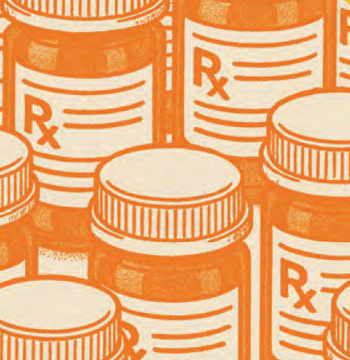
Model Shows Significant Influence of Social Distancing on COVID-19 Spread
Data suggest New York City COVID-19 cases could have been reduced by 80% in two months if social distancing was implemented a week earlier than it was.
Results from a simulation model showed that implementation of social distance measures a week earlier than was set at the beginning of the US
The findings, from an assessment funded by the National Institute for Allergy and Infectious Diseases (NIAID) and published in the
A team of investigators from the University of Wisconsin-Madison, led by Oguzhan Alagoz, PhD, designed an agent-based model to represent the social network and interactions of persons from particular regions.
The COVID-19 Agent-based simulation Model (COVAM) made considerations to local population demographics, population density, daily mean contacts in absence of social distancing measures, and data showing adherence to social distancing measures. COVAM also allowed transmission from asymptomatic patients with COVID-19, accounted for early-pandemic, imported cases, and gave consideration to the likelihood that patients with mild to moderate symptoms never received a confirmatory test for COVID-19.
They applied the model to observe the effect of social distancing measures on Dane County, Wisconsin; the Milwaukee metropolitan area; and New York City.
Through COVAM, investigators observed a substantial effect on cumulative COVID-19 cases through the alteration of overall adherence to social distancing. In a one-week delay of distancing implementation in New York City, estimated cases would have increased from 203,261 to 1,407,600 by May 31.
A one-week early jump on implementing social distancing measures would have decreased cases by 80% in the same time period, to less than 42,000.
This effect of COVID-19 spread was also highly dependent on the observed location due to differing levels of distancing adherence and transmission risk. In Dane County, a one-week delay in social distancing measures would have only increased cases by 36% as of July 31. In the same time period, New York City cases would have increased by 539%.
Additionally, Alagoz and colleagues observed that the time of easement for social distancing measures could greatly influence COVID-19 spread. By easing citywide measures on June 1 instead of the actual date of June 8, and accounting for an estimated 5% decrease in distancing adherence, New York City cases would have increased by 6000 in just 1 week.
Accounting for a 15% decrease in adherence during the same time period, under the same parameters, would have resulted in cases nearly doubling in a week.
“We also found that maintaining a high level of adherence after easing of social distancing measures has a major effect on the number of cases, implying that cities and regions should strongly encourage the community to maintain behaviors that reduce the transmissibility of SARS-CoV-2, such as wearing masks,” investigators wrote.
In constructing a model which highlights the benefit of social distancing and isolation in reducing COVID-19 spread, the team acknowledged the burden which school and business closures put on the nation’s economy, childhood development, and overall mental health status.
“Precautions to control the COVID-19 pandemic have led to worse health outcomes for other diseases as well,” they wrote. “It is critical that local decision makers determine region-specific policies that weigh the competing risks for COVID-19 transmission and negative economic, health, and social effects of business and school closures.”
That said, investigators concluded the COVAM model shows delayed implementation of, premature easing of, and lessened adherence to social distancing measures shows a regional-specific spiked risk of COVID-19 spread.
Newsletter
Stay ahead of emerging infectious disease threats with expert insights and breaking research. Subscribe now to get updates delivered straight to your inbox.





















































































































































































































































































































